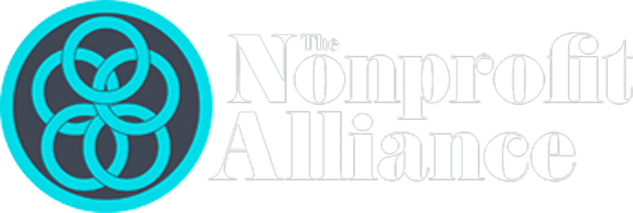What is the issue?
Congress established the Public Service Loan Forgiveness (PSLF) Program in 2007. Under this program, if the individual with the loan has worked a minimum of 10 years of full-time work (defined as a minimum of 30 hours per week) for a designated 501(c)(3) nonprofit organization or government entity (state, local, federal, or tribal) and makes all student loan payments for 120 months (10 years), then all remaining student loan debt is forgiven.
Threats to the PSLF Program
On June 24, 2025, the U.S. Department of Education put forward draft regulations to remove some 501(c)(3) employers from PSLF eligibility. This comes in response to the March 7 executive action calling on the Secretary of Education to limit eligibility for organizations the Administration determines are engaged in “illegal activities,” listed as:
- “Aiding and abetting” violations in immigration law. Immigration and resettlement-related organization could be at risk.
- “Child abuse,” which the administration specifically defines as providing or supporting gender-affirming healthcare for transgender youth, potentially impacting LGBTQ+ organizations.
- “Engaging in a pattern of aiding and abetting illegal discrimination,” which could implicate civil rights organizations and nonprofits supporting DEI initiatives.
The executive action provides enormous latitude to the administration to determine which organizations are eligible, and which are not. Companion bills in the Senate and House offer further backstop should executive branch efforts fail. Should provisions excluding certain 501(c)(3) from PSLF eligibility pass, litigation is likely.
The Nonprofit Alliance submitted comments prior to the rulemaking, here.
Why do nonprofits care?
This program offers an important benefit for recruiting staff into the nonprofit sector, competing with higher salaries offered in the private sector. Under PSLF, a total of $78 billion of loans have been forgiven, aiding 1,069,000 borrowers with an average loan balance of $73,000. Beyond the direct impact of lost PSLF eligibility, labeling specific nonprofit services “illegal” because they are inconsistent with the current administration’s policy priorities is a dangerous slippery slope that will have widespread effects in other regulatory areas under the current and future White House leadership.
Another option
Separate from PSLF, employers can now offer a pre-tax paycheck withholding applied toward a student loan, up to $5,250 per year. This benefit, alongside offerings like a 401(k) or 403(b) plan, allows employees to reduce short-term tax liability with long-term financial security benefits.
Additional Resources…
2025 PSLF Reconciliation Sign On Letter
TNPA is in partnership with PSLF.us
Access Employer Resources
Article: Work at a school or nonprofit? You could erase student loans | AP News
Tell us about your experience with PSLF and help us spread the word about this nonprofit employee benefit!
